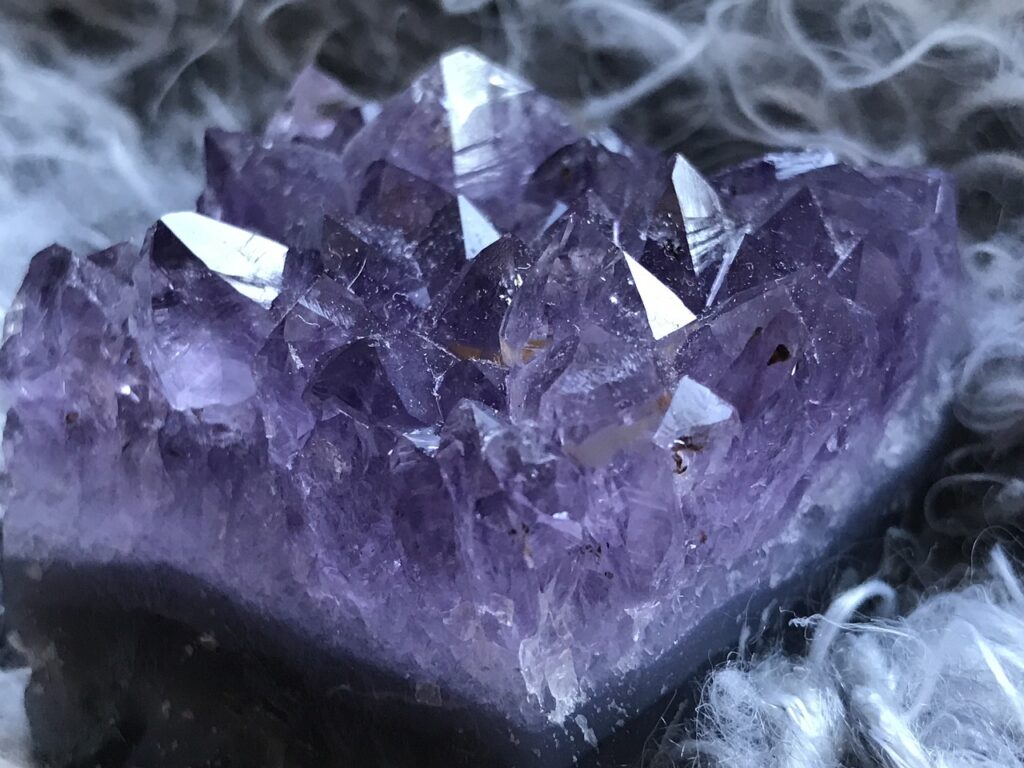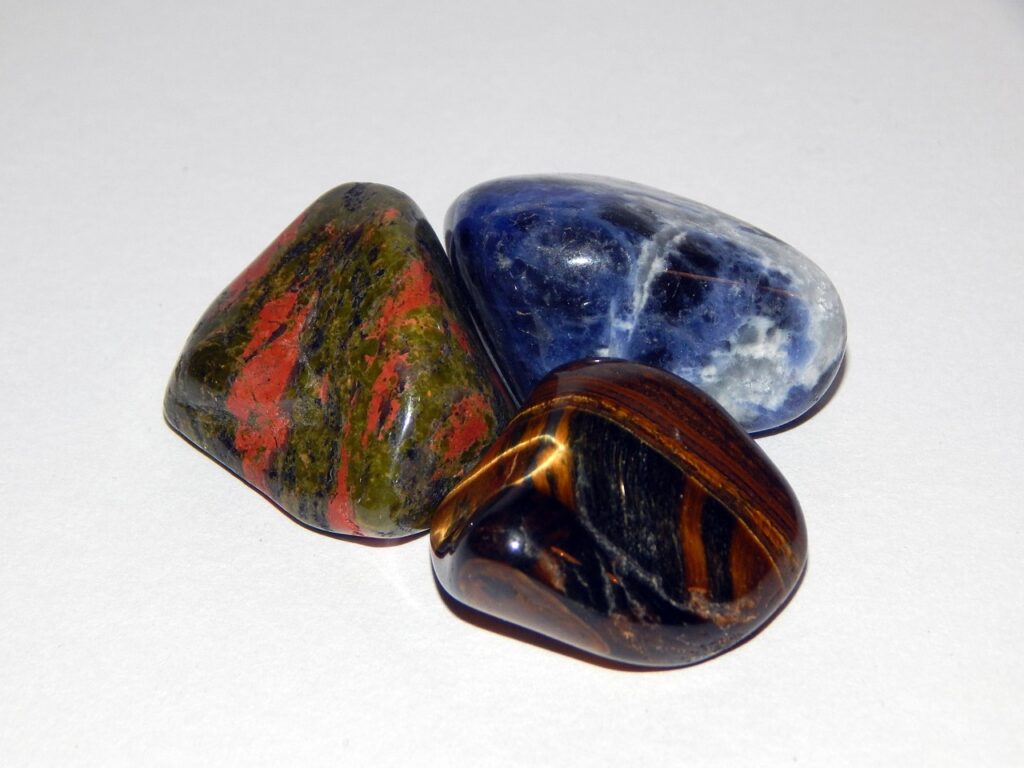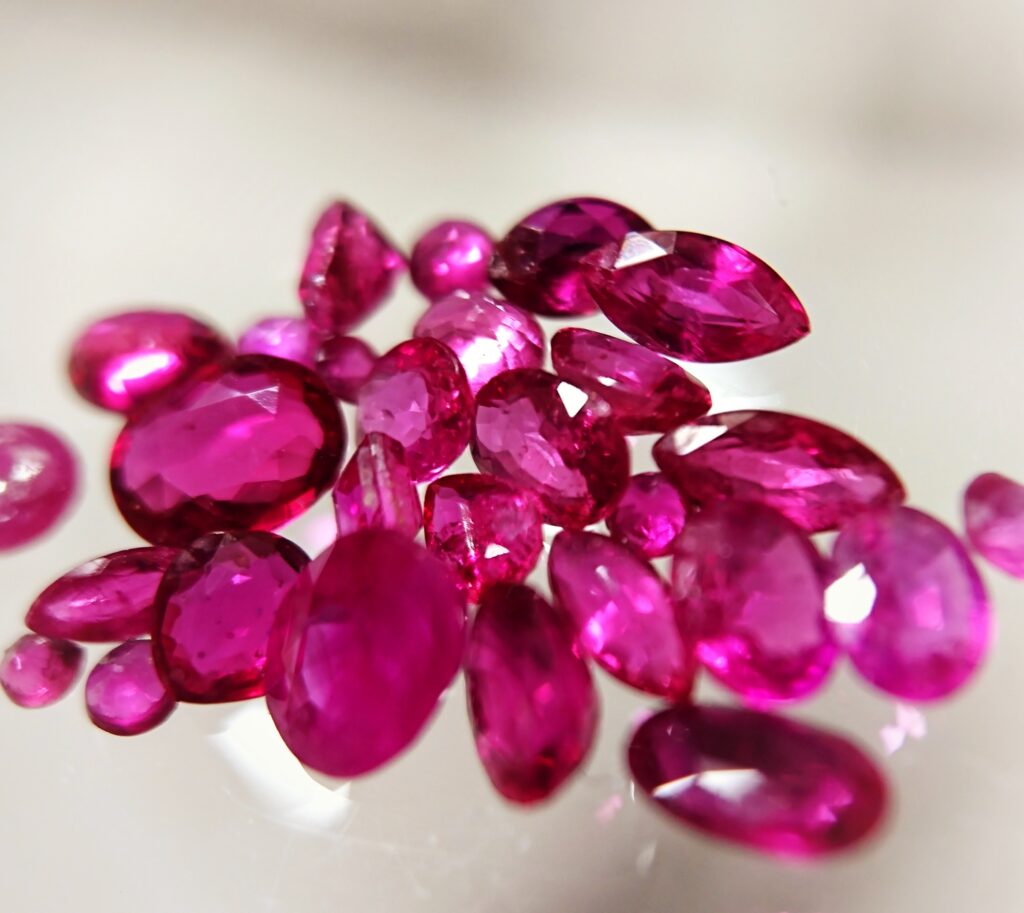Imagine being captivated by the mesmerizing beauty of green precious stones. Their vibrant colors and unique allure have been enchanting people for centuries. From emeralds to jade, these gemstones hold a mysterious charm that has made them highly sought after throughout history. Whether you are a gemstone enthusiast or simply appreciate the beauty of nature’s creations, the allure of green precious stones is undeniable. In this article, we will explore the fascinating world of these gemstones, their origins, and the captivating qualities that make them so special. Get ready to embark on a journey filled with elegance, luxury, and the undeniable allure of green precious stones.
Understanding the Allure of Green Precious Stones
Green precious stones have captivated people throughout history with their stunning beauty and mystical allure. These gemstones, often associated with nature and renewal, have fascinated cultures around the world. In this article, we will explore the definition of green precious stones, their historical significance, and the cultural beliefs and symbolism associated with them. Additionally, we will delve into the different types of green precious stones, such as emerald, jade, peridot, tourmaline, tsavorite, malachite, green sapphire, green diamond, green zircon, and chrysoprase. Each stone has its own unique characteristics and holds a special place in the world of gemstones.
Definition of Green Precious Stones
Green precious stones are a category of gemstones that exhibit a vibrant green color. They are highly valued for their aesthetics and rarity, making them desirable for jewelry and decorative purposes. The alluring green hue of these gemstones is caused by the presence of certain minerals and impurities, such as chromium or iron, during their formation. The intensity of the green color can vary, ranging from pale greens to deep, rich shades.
Historical Significance
Green precious stones have been revered throughout history for their beauty and symbolic meaning. In ancient civilizations, these gemstones were associated with fertility, growth, and rebirth. They were often used in religious ceremonies and believed to possess healing properties. Additionally, green gemstones were highly sought after by royalty and the elite, as they were considered a symbol of wealth and power.
Cultural Beliefs and Symbolism
Green precious stones hold significant cultural beliefs and symbolism in different parts of the world. In many cultures, these gemstones are associated with nature and the natural world. They are believed to bring harmony, balance, and prosperity into one’s life. The color green is often connected to growth, renewal, and abundance, making green gemstones the perfect embodiment of these qualities.
Different Types of Green Precious Stones
There are several types of green precious stones, each with its own unique characteristics and allure. Let’s explore some of the most popular ones:
Emerald
Emeralds are perhaps the most well-known green gemstones. Their vivid green color and exceptional beauty have made them highly sought after for centuries. Emeralds have a long history of significance and have been revered by various cultures, including the ancient Egyptians and Incas. These gemstones are known for their remarkable clarity and have been used in a variety of jewelry designs, from intricate necklaces to stunning earrings.
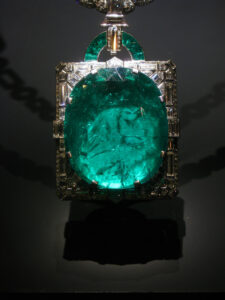
Jade
Jade, known as the “Stone of Heaven,” holds a special place in both Eastern and Western cultures. There are two main types of jade: jadeite and nephrite. Jadeite, known for its intense green color, is the most prized and valuable. Nephrite, on the other hand, features a wider range of colors, including shades of green, and is highly esteemed in Chinese culture. Jade has been regarded as a symbol of purity, wisdom, and prosperity and is often used in carved sculptures and jewelry.
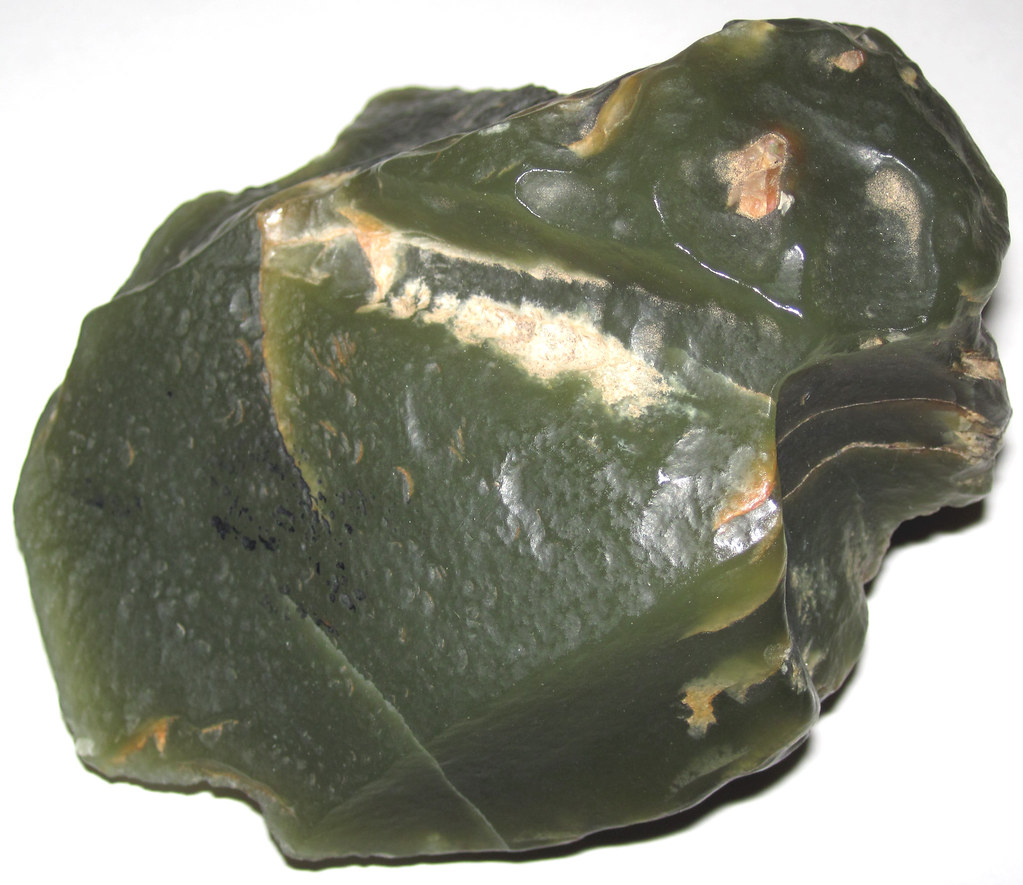
Peridot
Often referred to as the “Evening Emerald,” peridot is a vibrant green gemstone with a rich history. Its color ranges from yellowish-green to olive green and is reminiscent of the lushness of nature. Peridot was highly revered in ancient Egypt and was believed to bring protection and good health. Today, peridot is popular in modern jewelry designs, often used as a focal point in rings, earrings, and necklaces.
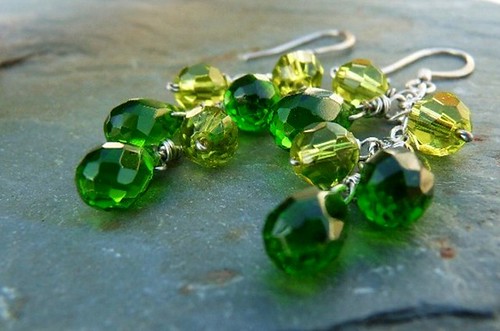
Tourmaline
Tourmaline is a gemstone that comes in a variety of colors, including various shades of green. The green tourmaline, in particular, is highly valued for its rich hue and exceptional brilliance. It is often referred to as the “Rainbow Stone” due to its ability to display multiple colors when viewed from different angles. Tourmaline has been associated with love, luck, and creativity and is widely used in contemporary jewelry designs.
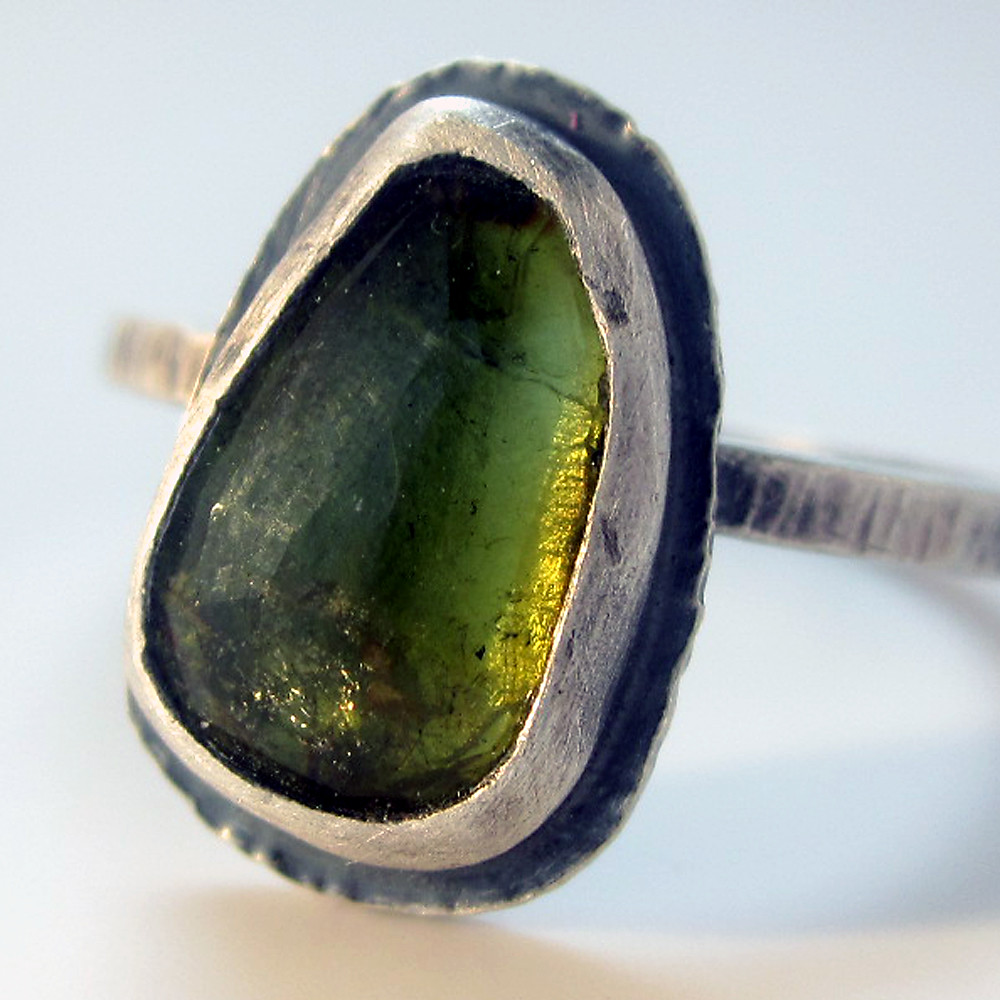
Tsavorite
Tsavorite is a relatively young gemstone but has quickly gained popularity for its vibrant green color and exceptional clarity. This gemstone is a type of garnet and was first discovered in East Africa in the 1960s. Tsavorite’s intense green hue and brilliance make it a desirable choice for jewelry connoisseurs. Its rarity and unique color have rendered it a rival to emerald in terms of popularity and value.
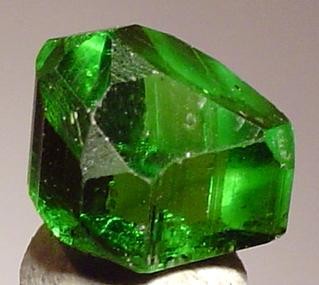
Malachite
Malachite is a unique green gemstone that is known for its striking banded patterns and vibrant shades of green. It has been used for thousands of years in decorative items, jewelry, and even as a pigment for artwork. Malachite is associated with healing and transformation, and its intricate patterns make it highly prized by collectors and jewelry enthusiasts.
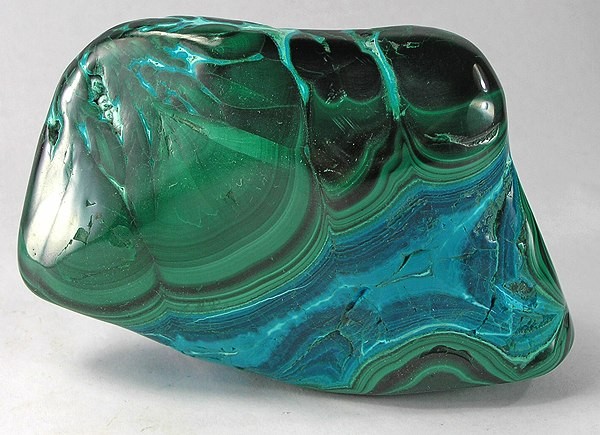
Green Sapphire
Green sapphire is a versatile gemstone that exhibits a wide range of green shades, from light pastel greens to deep forest greens. Sapphire, known for its durability and brilliance, has been historically associated with wisdom and nobility. Green sapphires are often used as accent stones in jewelry designs, adding a touch of elegance and sophistication.
Green Diamond
Green diamonds, also known as fancy green diamonds, are an extraordinary rarity in the world of gemstones. These diamonds acquire their green color due to natural irradiation during their formation. The intensity of the green hue can vary, ranging from faint greens to intense, vivid greens. Green diamonds have mesmerized individuals for centuries, and are highly prized for their uniqueness and beauty. They have been used in exquisite jewelry pieces and are often regarded as a symbol of luxury.
Green Zircon
Green zircon is a lesser-known green gemstone that possesses a unique charm. It often exhibits a bright green color that is reminiscent of emeralds, making it an affordable alternative to this classic gemstone. Green zircon has been associated with spiritual growth and the unlocking of one’s true potential. Its vibrant color and remarkable brilliance make it an excellent choice for both casual and formal jewelry.
Chrysoprase
Chrysoprase is a translucent green gemstone that is known for its apple-green color. It has been used since ancient times and has been associated with love, harmony, and optimism. Chrysoprase is often used in beads, cabochons, and carved sculptures due to its unique color and affordability.
Emerald: The Classic Green Gemstone
Emeralds, revered as the classic green gemstone, have a rich history and have captured the hearts of people for centuries. Let’s delve deeper into the historical significance, physical properties, notable specimens, and uses of emeralds in jewelry.
Historical Significance of Emeralds
Emeralds have a long and fascinating history that dates back thousands of years. They were highly prized by ancient civilizations such as the Egyptians, Incas, and Romans. The Egyptians considered emeralds to be a symbol of fertility and rebirth, often burying their deceased pharaohs with emeralds to accompany them in the afterlife. The Incas believed that emeralds were sacred and had healing powers, using them in religious ceremonies. The Romans associated emeralds with Venus, the goddess of love and beauty, and often wore emerald jewelry as a symbol of wealth and status.
Physical Properties and Rarity
Emeralds belong to the beryl family of minerals and are known for their vibrant green color. This color is caused by trace amounts of chromium, vanadium, or iron present during the emerald’s formation. Emeralds have a hardness of 7.5 to 8 on the Mohs scale, which makes them relatively durable but still susceptible to scratches and fractures. However, despite their durability, finding high-quality emeralds is incredibly rare. Most emeralds have inclusions, known as “jardin,” which are valued for their unique character.
Notable Emerald Specimens
There are several famous and noteworthy emeralds that have captured the world’s attention. One such specimen is the Mogul Emerald, a 217.80-carat square-cut emerald with inscriptions from the early 17th century. The Chalk Emerald, a 37.8-carat emerald of exceptional quality, is another notable example that is famously set in a ring surrounded by diamonds. The Patricia Emerald, weighing an impressive 632 carats, is renowned for its exceptional size and vivid green color.
Uses in Jewelry
Emeralds are highly valued for their beauty and rarity and are often used as center stones in jewelry pieces. They are commonly featured in engagement rings, pendants, earrings, and bracelets. Emeralds’ vibrant green color adds a touch of elegance and sophistication to any jewelry design, making them a popular choice among jewelry enthusiasts. The versatility and timeless appeal of emeralds ensure their continued popularity in the world of gemstones.
Jade: The Stone of Heaven
Jade, known as the “Stone of Heaven,” holds a special place in both Eastern and Western cultures. It has a rich history and is revered for its beauty and unique characteristics. Let’s explore the different types of jade, its cultural significance, myths and legends surrounding it, and its usage in art and jewelry.
Types of Jade: Jadeite and Nephrite
Jade comes in two main types: jadeite and nephrite. Jadeite is the rarer and more valuable of the two, known for its intense green color and extraordinary translucency. It is often utilized in high-quality jewelry pieces and carvings. Nephrite, on the other hand, is more readily available and varies in color from white and gray to shades of green. It is highly esteemed in Chinese culture and is frequently used in traditional carvings, sculptures, and jewelry.
Cultural Significance of Jade
Jade has played a prominent role in Chinese culture for thousands of years. It symbolizes purity, wisdom, and prosperity. Jade has been associated with the Confucian virtues of benevolence, righteousness, and wisdom. It is believed to have protective properties and is often used in protective amulets and talismans. In ancient China, jade was considered to be the embodiment of Confucian ideals, symbolizing the perfect harmony between the physical and spiritual realms.
Myths and Legends Surrounding Jade
Jade has been the subject of numerous myths and legends throughout history. According to Chinese mythology, Nuwa, the goddess who created humanity, used five-colored stones, including jade, to mend the broken sky. In Native American folklore, jade is believed to bring healing, luck, and protection. These myths and legends have contributed to the reverence and fascination with jade across different cultures and time periods.
Jade in Art and Jewelry
Jade has been utilized in art and jewelry for centuries, and its beauty continues to inspire artists and designers. Jade carvings showcase the intricate craftsmanship and attention to detail that artisans put into their creations. These carvings depict animals, mythical creatures, and intricate patterns, often symbolizing luck, protection, and spiritual significance. Jade is also highly prized in jewelry-making, with pendants, beads, and necklaces being popular choices. Its unique color and calming energy make it an excellent choice for those seeking elegance and serenity in their accessories.
Peridot: The Evening Emerald
Peridot, often referred to as the “Evening Emerald,” is a stunning green gemstone with a fascinating history and unique qualities. Let’s explore the origin and physical properties of peridot, its historical and mythological significance, and its uses in modern jewelry.
Origin and Physical Properties of Peridot
Peridot is a gemstone belonging to the olivine mineral group. It derives its green color from the presence of iron in its chemical composition. The color of peridot can range from yellow-green to olive green, with the most prized specimens exhibiting a pure, vibrant green color. Peridot is typically found in volcanic rocks known as basalts and is commonly sourced from countries such as the United States, Egypt, and Myanmar.
Peridot in History and Mythology
Peridot has a rich historical and mythological significance. It has been treasured for thousands of years and was highly regarded in ancient Egypt. The Egyptians believed that peridot protected its wearer from evil spirits and nightmares. It was also associated with the sun god Ra and was considered to be a symbol of light and renewal.
Uses of Peridot in Modern Jewelry
Peridot’s vibrant green color and unique properties make it a sought-after gemstone in modern jewelry design. It is often used as a centerpiece in rings, pendants, and earrings due to its distinctive hue and remarkable brilliance. Peridot’s affordability compared to other gemstones, such as emerald, makes it an attractive choice for those seeking a beautiful green gemstone without breaking the bank. Its beautiful color also complements various metals, including silver and yellow gold, allowing for versatile and eye-catching jewelry designs.
Tourmaline: The Rainbow Stone
Tourmaline, often called the “Rainbow Stone,” is a remarkable gemstone that comes in various colors, including different shades of green. Let’s explore the variety of green found in tourmaline, its cultural beliefs and legends, and its presence in contemporary jewelry.
The Variety of Green in Tourmaline
Tourmaline exhibits a wide spectrum of colors, making it a fascinating gemstone. The green tourmaline, in particular, captivates with its shades, which range from soft pastel greens to deep forest greens. Sometimes referred to as “verdelite,” green tourmaline is highly valued for its exquisite color and remarkable brilliance.
Tourmaline in Cultural Beliefs and Legends
Tourmaline has been associated with various cultural beliefs and legends throughout history. In ancient times, tourmaline was believed to protect its wearer against negative energy and evil spirits. It was also believed to possess healing properties and bring good luck and fortune. In some cultures, tourmaline was associated with wisdom, creativity, and spiritual growth.
Tourmaline in Contemporary Jewelry
Tourmaline’s vibrant green color and versatility have made it a popular choice among jewelry designers. It is often used as a center stone in rings, pendants, and earrings to highlight its unique color and exceptional brilliance. Green tourmalines are also frequently used in combination with other gemstones, such as diamonds or other colored tourmalines, to create unique and captivating jewelry designs. Its range of green shades ensures that there is a tourmaline to suit every individual’s taste and preference.
Tsavorite: The Younger Rival to Emerald
Tsavorite, often referred to as the younger rival to emerald, is a gorgeous green gemstone that has gained popularity in recent years. Let’s explore the discovery and naming of tsavorite, the rarity and appeal of this gemstone, and its usage in fine jewelry.
Discovery and Naming of Tsavorite
Tsavorite garnet was first discovered in 1967 by Scottish gemologist Campbell Bridges in Tanzania. Its name is derived from Tsavo National Park in Kenya, where subsequent deposits were found. The deep green hue and exceptional brilliance of tsavorite have made it a desirable gemstone for jewelry connoisseurs.
The Rarity and Appeal of Tsavorite
Tsavorite is considered to be one of the rarest and most valuable gemstones. Its intense green color, similar to emerald but without the typical inclusions, adds to its appeal. Tsavorite’s rarity is primarily due to its limited availability and the difficulty of mining this gemstone. As a result, tsavorite retains its unique allure and coveted status among gemstone enthusiasts.
Tsavorite in Fine Jewelry
Thanks to its vibrant green color and exceptional clarity, tsavorite has found a place in fine jewelry designs. It is often featured in rings, earrings, and necklaces, either as the main stone or as accents alongside diamonds or other colored gemstones. Tsavorite’s undeniable beauty and rarity make it a perfect choice for those seeking a unique and eye-catching piece of jewelry.
Green Sapphire: The Versatile Gemstone
Green sapphire, known for its versatility and elegance, is a remarkable gemstone with unique properties. Let’s explore the unique properties of green sapphire, its historical and cultural significance, and its presence in jewelry designs.
Unique Properties of Green Sapphire
Green sapphire is a variety of corundum, the same mineral that produces rubies. It is the presence of trace elements, like iron or vanadium, that give green sapphire its stunning green color. Green sapphires can exhibit a range of tones and saturations, from light pastel greens to deep forest greens. They possess excellent durability, ranking at 9 on the Mohs scale, making them well-suited for daily wear in jewelry pieces.
Historical and Cultural Significance
Sapphires have held significant meaning throughout history. In ancient times, sapphires were often associated with wisdom, intuition, and spiritual insight. The color green, in particular, is often connected to nature and represents growth and renewal. In various cultures and religions, green sapphires have been cherished as symbols of hope, tranquility, and abundance.
Green Sapphire in Jewelry Designs
Green sapphires’ versatility and timeless elegance make them a popular choice in jewelry designs. They are often used as center stones in engagement rings, pendants, earrings, and bracelets. Green sapphires complement a wide range of metals, including white gold, yellow gold, and platinum, providing endless possibilities for jewelry designers. The vibrant green hue of these gemstones adds a touch of sophistication and beauty to any piece, making green sapphire jewelry an excellent investment and a treasured heirloom.
Green Diamond: A Rare Beauty
Green diamonds, also known as fancy green diamonds, are a rare and exquisite variety of diamonds that possess a captivating green hue. Let’s explore the formation and rarity of green diamonds, famous green diamonds, and their presence in modern jewelry.
Formation and Rarity of Green Diamonds
Green diamonds acquire their color due to natural irradiation during their formation. This process alters the diamond’s crystal lattice and gives rise to the green color. Green diamonds are incredibly rare, accounting for only a small percentage of all natural diamonds. The intensity of the green color can vary, ranging from faint greens to vivid, deep greens, with intense green diamonds being the most valuable.
Famous Green Diamonds
Several notable green diamonds have made their mark in history. The Dresden Green Diamond, weighing 41 carats, is one of the world’s largest and most famous green diamonds. It originated in India and is now on display in the Dresden Castle in Germany. Another renowned green diamond is the Aurora Green Diamond, a rectangular-cut diamond weighing 5.03 carats. It set a world record when it was auctioned for over $16 million, becoming the most expensive green diamond ever sold.
Green Diamonds in Modern Jewelry
Green diamonds are a highly sought-after gemstone in modern jewelry design. Their rarity and unique color make them a prized gemstone among collectors and discerning individuals. Green diamonds are often used in luxurious and exclusive jewelry designs, ranging from elegant engagement rings to exquisite necklaces. The mesmerizing green hue of these diamonds adds an element of distinction and individuality to any jewelry piece.
The Future of Green Precious Stones
As the world becomes more aware of the importance of sustainability and ethical sourcing, the future of green precious stones looks promising. Here are two key areas shaping the future of these gemstones:
Sustainable Mining Practices
Many companies in the gemstone industry are now prioritizing sustainable mining practices. This includes implementing environmentally friendly techniques that minimize the impact on natural habitats and ecosystems. Ethical sourcing is also becoming increasingly important, ensuring that gemstones are mined and processed in a way that respects the rights and well-being of workers. By adopting sustainable mining practices, the gemstone industry can contribute to the preservation of our planet’s natural resources for generations to come.
Lab-Grown Green Gemstones
The rise of lab-grown gemstones offers an alternative to traditionally mined stones. Lab-grown green gemstones replicate the physical and chemical properties of natural stones, including their vibrant green color. These lab-grown gemstones are socially and environmentally responsible, as they eliminate the need for mining and reduce the impact on ecosystems. As technology advances, lab-grown green gemstones will continue to play a significant role in the future of the gemstone industry.
Trends in Jewelry Design with Green Gemstones
Green gemstones, with their captivating color and timeless appeal, are expected to feature prominently in future jewelry designs. Designers are exploring innovative ways to showcase the unique qualities of green gemstones, such as incorporating them into intricate settings or combining different shades of green for a striking visual effect. The versatility of green gemstones allows for endless possibilities in jewelry design, ensuring that they will continue to captivate the hearts of jewelry enthusiasts for years to come.
In conclusion, the allure of green precious stones lies in their stunning beauty, historical significance, and cultural beliefs. Each green gemstone possesses its own unique characteristics and symbolism, captivating individuals from different cultures and time periods. From the classic elegance of emerald to the versatile appeal of green sapphire, green precious stones continue to inspire and fascinate. Whether adorned in jewelry or showcased in art, these gemstones bring a touch of nature’s beauty to our lives. As the gemstone industry moves toward sustainable practices and embraces lab-grown alternatives, the future of green precious stones looks bright, promising a continued appreciation for their timeless allure.

